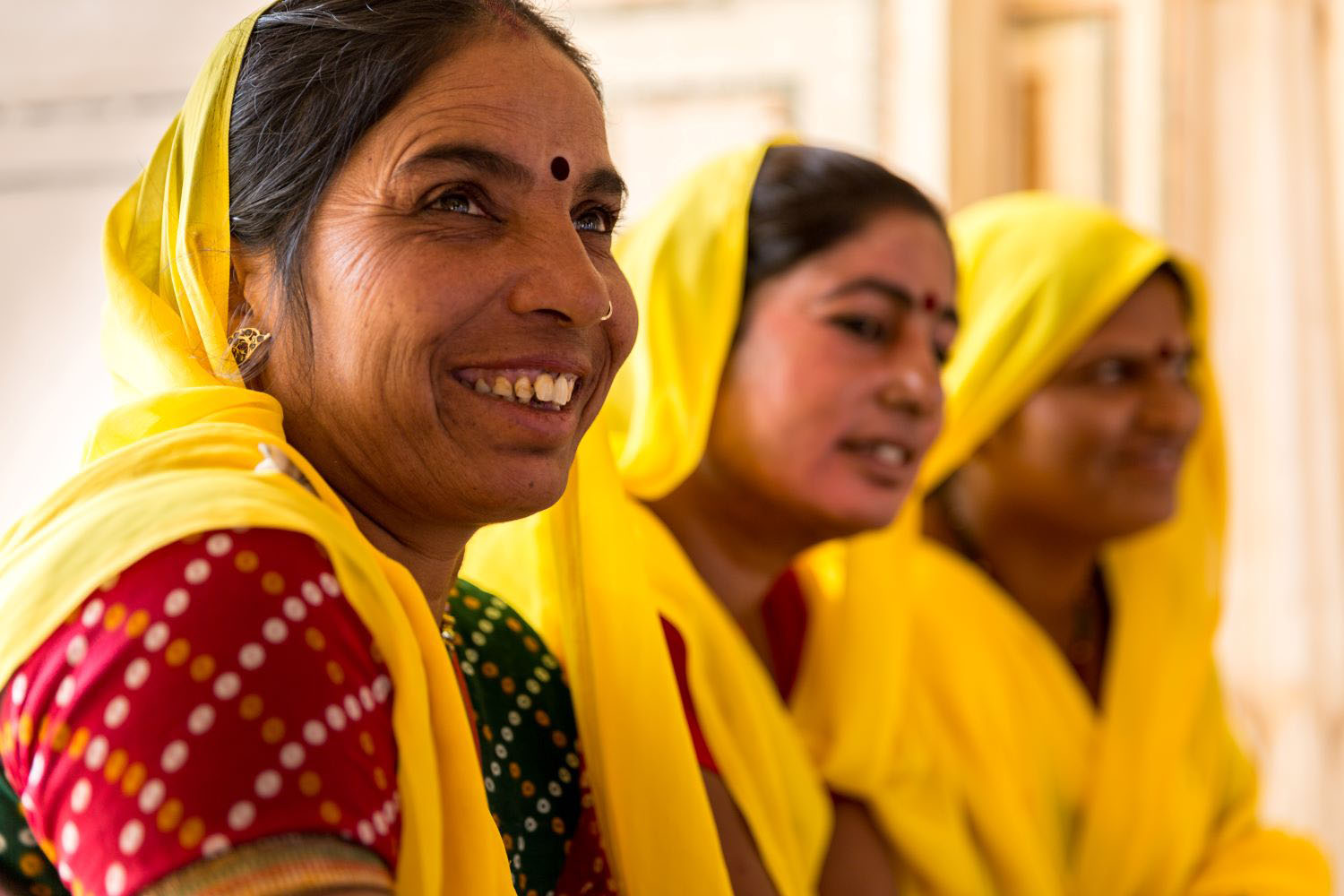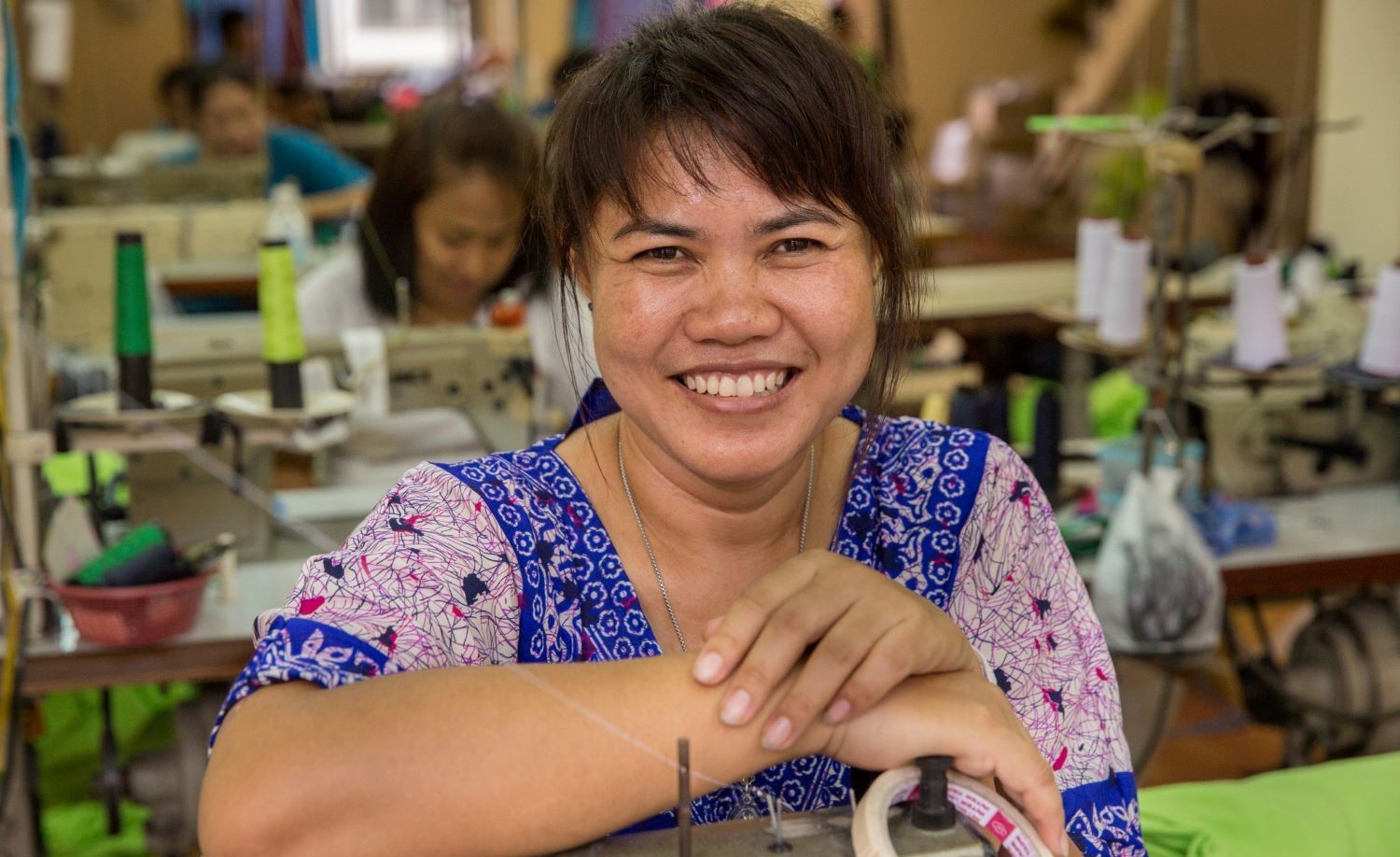Recommended

Event
There is no more urgent and fundamental problem in development than finding effective ways to help the ultra-poor improve their economic and social condition. But most interventions don’t reach the poorest of the poor. In fact, a CGD study found that only 24 percent of studies on women’s economic empowerment targeted the extreme poor and 10 percent didn’t specify their target group’s income at all. For projects to work, researchers need to understand what works and for whom. A stellar panel cohosted by CGD and Women for Women International recently came together to discuss the challenges in addressing the needs of the poorest women and to explore how graduation programs perform in addressing them. Here are some key takeaways from the discussion:
Who are the ultra-poor?
If you’re wondering if there is a difference between the “extreme poor” and “ultra-poor,” there is. An estimated 767 million people live in extreme poverty, earning around $1.90 or less a day. About 400 million of these people are ultra-poor, meaning they earn significantly less than this threshold. Ultra-poor households face the worst forms of poverty. They are food- and housing-insecure and have few or no assets. They lack skills and education, are often isolated, and are vulnerable to natural disasters and climate change. The ultra-poor are disconnected from government services and markets, and they are often in poor health.
Why focus on ultra-poor women?
Most ultra-poor households are headed by women. They often live in communities that pose strict restrictions on opportunities for women. Globally, women aged 25–34 are 22 percent more likely than men to be extremely poor.
What are graduation programs and why should we focus on them?
Graduation programs bundle social and economic interventions to help women overcome their unique constraints. These programs generally offer participants a productive asset like something to sell, an initial sum of money, vocational training, and healthcare. They are multifaceted solutions for multifaceted problems.
Through randomized control trials (RCTs), Innovations for Poverty Action has studied the effects of a bundled graduation program in six countries on almost 20,000 people in 10,000 households as measured by 10 indices: consumption, food security, productive and household assets, financial inclusion, time use, income and revenues, physical health, mental health, political involvement, and women’s empowerment. At the end of the program, all 10 indices showed statistically significant improvement, and one year post-intervention, 8 out of the 10 indices remained significantly improved. Notably, physical health and women’s empowerment were the two measurements that did not have the longevity researchers hoped for. And measurement of empowerment—agency, decision-making authority, confidence, aspirations—remains a challenge.
Evidence from Women for Women International shows that interventions cannot empower women if they are not holistic and designed specifically for women. Most aid projects operate in silos, and most only focus on improving incomes. Women for Women International combines economic empowerment with psycho-social support. Lifting women out of ultra-poor conditions requires building a supportive community so women feel socially empowered and reclaim a sense of agency alongside economic interventions.
So how can we best reach women in the most vulnerable households? As the panel noted, a good place to start is by recognizing three important facts:
1. Violence is the elephant in the room—and it’s not only war and conflict
Ultra-poor women experience high rates of intimate partner violence. Physical and emotional abuse is common but forced economic dependence can cripple the entire household. An abusive partner can withhold cash, assets, and even access to food to control household decision-making power. The good news is that the evidence generally does not support the concern that boosting ultra-poor women’s income raises intimate partner violence—though it does not decrease it either.
2. Women’s mental health and psycho-social development matter
Improving women’s mental health and psychosocial development should be integrated within programs’ theories of change. Many interventions measure women’s agency and mental health but only implement an economic-focused intervention (e.g., business trainings and direct cash transfers). These don’t automatically result in social and psychological improvements—and we should stop assuming that they do. Specifically, including program measures that address positive mental health practices can help women develop longer-term aspirations and take control over their own lives.
3. Gender dynamics in the household need to change, with the support of men
Both men and women are trapped by discriminatory social norms. Surveys show that many women (especially in fragile states) agree that violence against women in certain contexts is permissible. Graduation programs should promote collaborative and mutually beneficial household dynamics. This requires men’s participation—rising out of ultra-poverty is an endeavor that requires all hands on deck. Practitioners are finding that working at the community level—with both women and men—to promote a sense of the possibilities for shared gains is essential to change gender norms.
When women are left outside economic and political opportunity, it is no surprise that poverty and conflict persist. As Women for Women International CEO Laurie Adams (one of the authors of this post) put it, “We need to invest in women to build peace, prosperity, and democracy from the bottom up.”
This blog follows the CGD and Women for Women International Event, “Empowering Ultra-Poor Women: Learning from Graduation Approaches.” If you missed the event, you can catch the livestream here.
Disclaimer
CGD blog posts reflect the views of the authors, drawing on prior research and experience in their areas of expertise. CGD is a nonpartisan, independent organization and does not take institutional positions.




